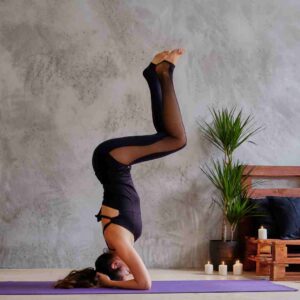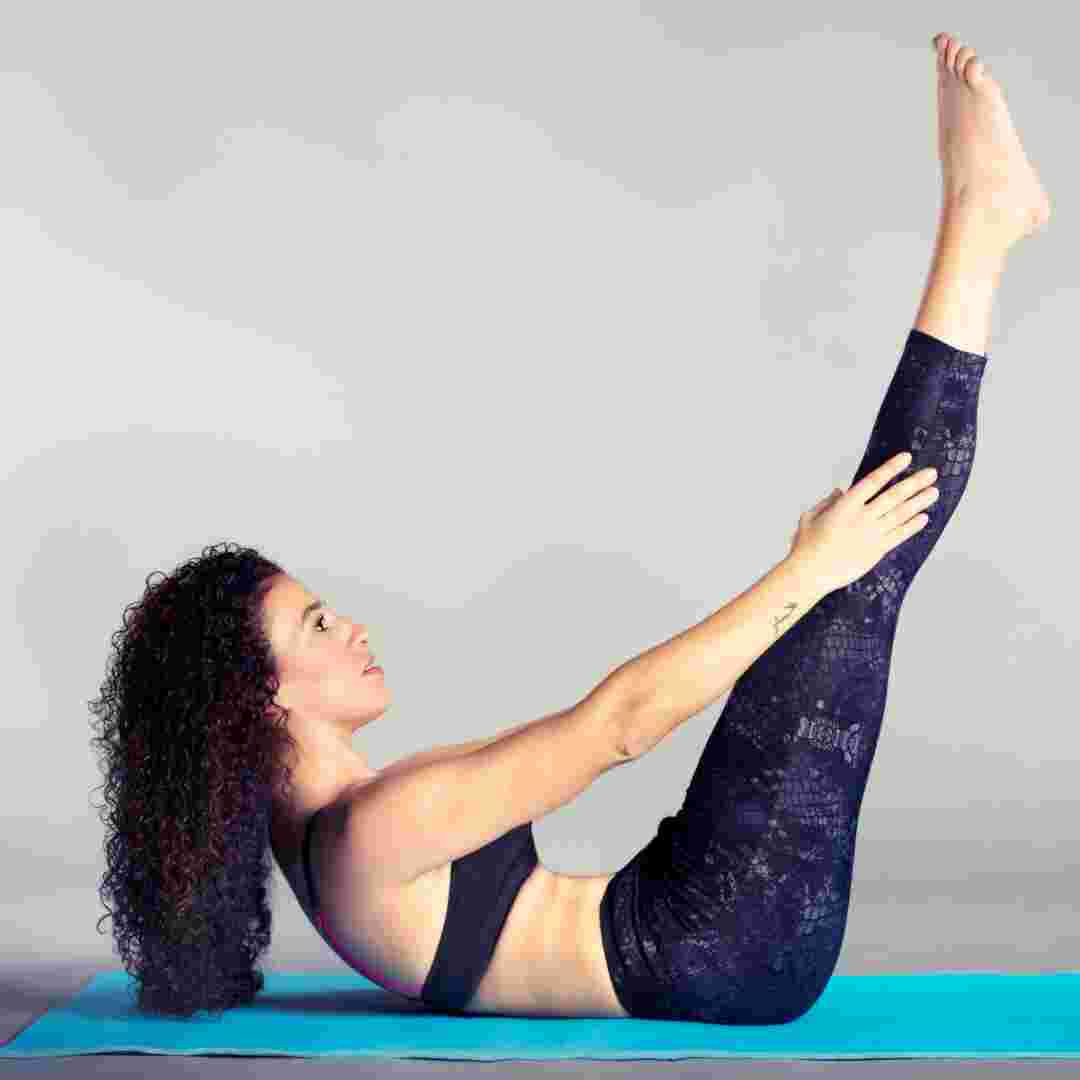Table of Contents
Introduction
5 Common Pilates Injuries and Prevention
Understanding Pilates Overexertion Risks: Knowing Your Limits
Proper Form and Technique for Pilates Injury Prevention
Q&A
Conclusion
Safe Pilates: Avoid injury with appropriate form and technique."
Introduction
You can damage yourself performing Pilates if you don't do it right or push yourself too hard. A trained Pilates instructor should teach good form and heed to your body's limits.
5 Common Pilates Injuries and Prevention
The popular exercise Pilates has been around for almost a century. It is a low-impact workout that strengthens core muscles, improves flexibility, and raises body awareness. Pilates is safe, but like any workout, it can cause injury if done incorrectly. This article discusses five common Pilates injuries and how to avoid them.
1. Neck Strain
Neck strain is a typical Pilates injury. Lifting the head and shoulders off the mat without sufficient neck support can cause this. To avoid neck strain, keep the neck neutral and activate the core muscles to support the head and shoulders. If your neck hurts, stop the workout and adapt.
2. Lower Back Pain
Another typical Pilates injury is lower back pain. Not supporting the lower back during bending or twisting workouts can cause this. Engaging the core and maintaining good alignment during exercise can prevent lower back pain. Immediately stop the activity and adapt if your lower back hurts.
3. Knee Pain
Knee discomfort is a common Pilates injury caused by improper knee alignment during bending or twisting activities. Keep the knees in line with the toes and engage the core to support the legs to avoid knee pain. Stop the workout and adapt if your knees hurt.
4. Shoulder Pain
Shoulder injuries can result from improper shoulder support during overhead lifting or hand weightlifting. Engaging the core and maintaining good alignment during exercise can prevent shoulder problems. If your shoulders hurt, stop the workout and adapt.
5. Wrist Strain
When the wrists are not correctly supported during hand-bearing Pilates activities, wrist strain can occur. Distributing weight evenly across the hands and engaging the core muscles to support the wrists prevents wrist strain. Stop the workout and modify your position if your wrists hurt.
Finally, properly done Pilates is safe and beneficial. Maintaining good alignment, engaging core muscles, and listening to your body can prevent injuries. Stop exercising if you feel pain or discomfort and modify your position. With good technique and body awareness, Pilates can be beneficial without damage.
Understanding Pilates Overexertion Risks: Knowing Your Limits
The popular exercise Pilates has been around for almost a century. It is a low-impact workout that strengthens core muscles, improves flexibility, and raises body awareness. Pilates is generally safe, although overexertion can cause harm.
Pilates is a major risk factor for injury. Pilates is low-impact, but it still requires a lot of movement and can strain your joints and muscles. You can easily damage yourself by pushing yourself too hard or doing workouts incorrectly.
Strains, sprains, and muscle rips are frequent Pilates injuries. These injuries can occur everywhere, but the back, neck, shoulders, and knees are most prevalent. Overexertion can cause herniated discs or damaged ligaments.
To avoid Pilates injuries, know your limits and listen to your body. If you feel pain or discomfort during exercise, stop and consult an instructor. Warming up and stretching before and after your workout are also crucial.
Overuse injuries are another Pilates concern. Pilates targets specific muscle areas, making it easier to overwork and injure them. This is especially true if you perform Pilates every day or don't rest enough between sessions.
To avoid overuse injuries, change your Pilates routine and relax and recuperate. This involves taking one or two days off every week and switching Pilates routines to avoid overworking any muscle group.
Remember that Pilates is not a one-size-fits-all workout. Everyone's body is different, so what works for one may not work for another. Work with a skilled instructor to create a Pilates plan that suits your needs and abilities.
In conclusion, Pilates is safe, although overexertion can pose hazards. Understand your limits, listen to your body, change your practise, and work with a certified instructor to avoid injury and overuse injuries. Take these steps to enjoy Pilates' numerous benefits without risking your safety.
Proper Form and Technique for Pilates Injury Prevention
The popular exercise Pilates has been around for almost a century. It is a low-impact workout that strengthens core muscles, improves flexibility, and raises body awareness. Pilates is typically safe, but not risk-free. If form and technique are not followed, any physical exercise might cause damage.
Lower back pain is a typical Pilates injury. Poor form during lower back workouts like the roll-up or spine stretch causes this. Avoid overextending the spine and use the core muscles to avoid lower back pain. Listen to your body and cease any painful workout.
Also prevalent in Pilates is neck ache. Neck discomfort from upper-body workouts like the teaser or swan can cause this. Avoid straining and keep the neck neutral to avoid neck pain. The core muscles should support the upper body during these activities.
Pilates can cause shoulder and knee injuries. Joint overextension or incorrect workout form can cause these ailments. Maintaining appropriate alignment and engaging joint muscles prevents shoulder and knee problems. Avoid overextending the joints and heed to your body if you feel pain.
Form and technique are crucial to Pilates injury prevention. This involves staying aligned, activating your core, and not overextending your joints. Listen to your body and cease any painful workout. A trained teacher should lead you through Pilates exercises and guarantee perfect form if you are new.
Injury prevention in Pilates requires good form, technique, and equipment. Pilates equipment like the reformer and Cadillac supports and resists activities. However, you must operate the equipment appropriately and customise it to your body size and experience. Equipment that is overly modern or big can cause damage.
Physical fitness outside the studio is equally important for Pilates injury prevention. This entails resting, hydrating, and eating well. Stretching and warming up before and after Pilates sessions are also vital. This reduces muscle discomfort and damage.
In conclusion, Pilates is generally safe but not risk-free. Pilates injuries can be avoided by using good form, equipment, and self-care outside of the studio. You can enjoy Pilates' numerous benefits without risking injury by following these instructions.

Q&A
1. Can Pilates hurt you?
You can damage yourself performing Pilates if you don't do it right or push yourself too hard.
2. What are frequent Pilates injuries?
Strains, sprains, and tears in the neck, back, shoulders, hips, and knees are common Pilates injuries.
3. How to avoid Pilates injuries?
Start with a trained instructor, listen to your body, and advance slowly to avoid Pilates injuries. Avoiding injuries requires proper form and alignment.
Conclusion
Without appropriate form and technique, Pilates can hurt you. Starting with a qualified instructor and progressing slowly is crucial. Listen to your body and don't overdo it. Pilates is safe and effective when done properly.


